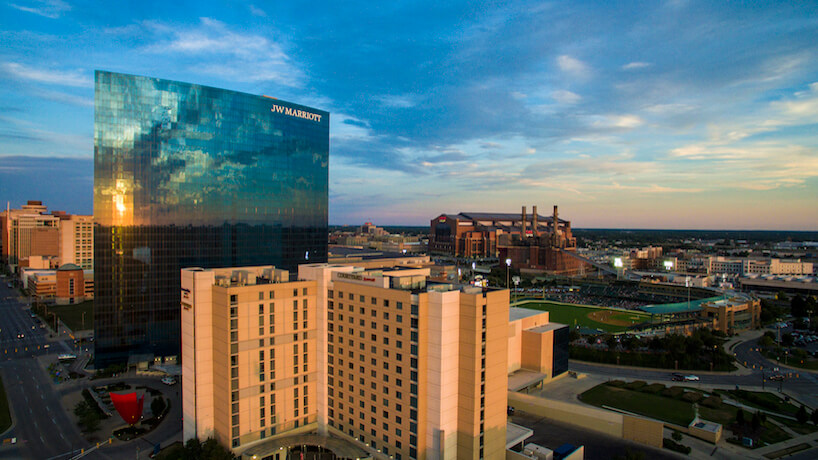Many hotels follow environmental sustainability trends. But the five-property Marriott IndyPlace — whose JW Marriott Indianapolis, Indianapolis Marriott Downtown, Courtyard by Marriott, Springhill Suites, and Fairfield Inn & Suites feature 2,276-guest rooms and 154,000 square feet of meeting space — leads the way.
Last year, the hotels replaced more than 23,000 incandescent lightbulbs with energy-efficient LED lights, reducing energy consumption by 50 percent. In April, IndyPlace announced a partnership with Indianapolis Power & Light Company’s Green Option Power Program to generate 10 percent of its electricity from wind energy — which is expected to reduce more than 1 million pounds of carbon dioxide emissions each year.
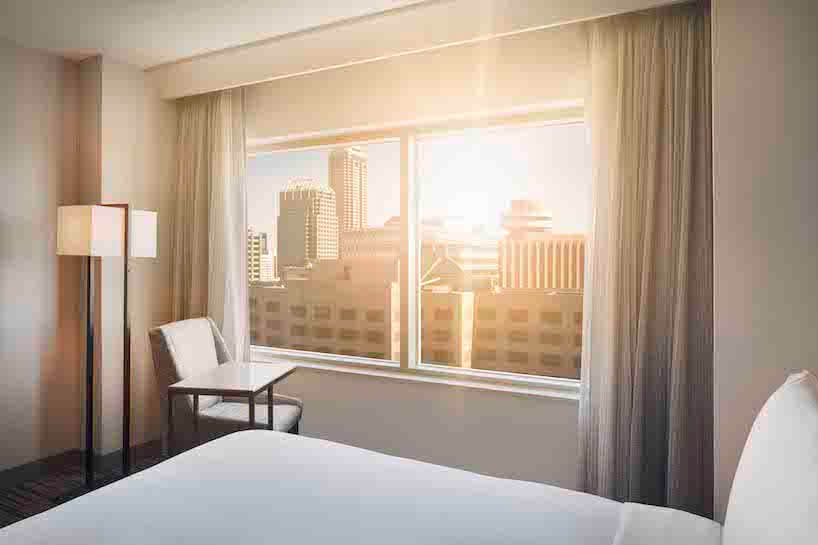
But recent efforts like this are nothing new: IndyPlace was designed with sustainability in mind from the start. All of the properties that make up IndyPlace, particularly the flagship JW Marriott, “have been built using the latest green technology and materials,” said Anne Dunlavy, director of sales and marketing. “Not only does that facilitate responsible hospitality management, but it also allows us to maximize energy efficiency and result in cost savings that we can pass along to our customers.”
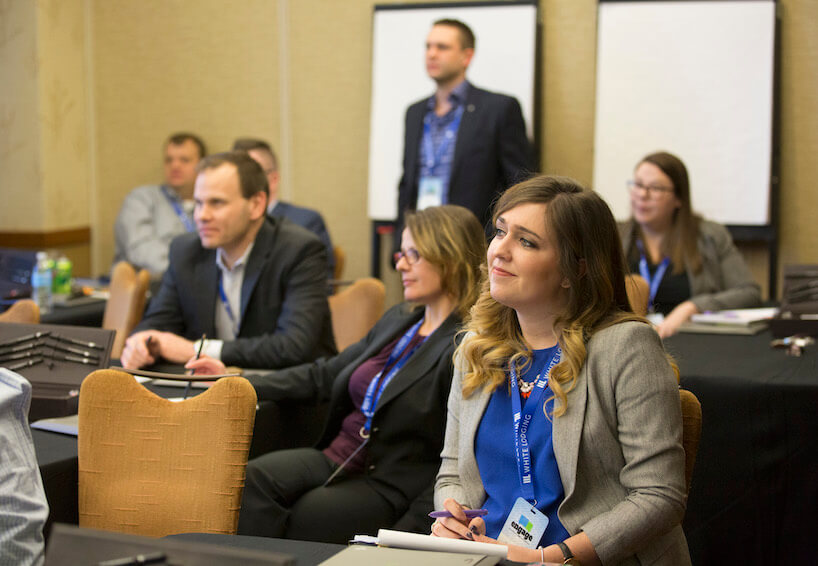
Those cost savings are spread out among IndyPlace’s best-in-class hotels, whose various price points appeal to a variety of groups. In the 2017 Conde Nast Traveler Readers’ Choice Awards, the JW was named No. 1 in the Midwest, No. 5 in the U.S., and No. 25 in the world. Its 40,500-square-foot JW Grand Ballroom is the largest hotel ballroom in the Midwest.
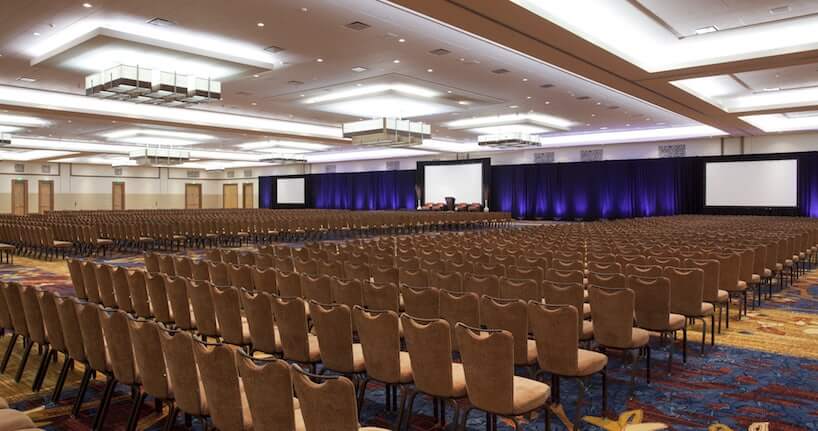
IndyPlace lies in the heart of Indianapolis, voted the best convention city in the country by USA Today readers. Part of that recognition comes from its accessibility: IndyPlace properties are connected via skywalk to the Indiana Convention Center, which is adjacent to Lucas Oil Stadium, home of the Indianapolis Colts and a popular venue for concerts and entertainment events. A variety of other attractions and sporting events — as well as the city’s 80 miles of bike trails and 250 acres of scenic green space — are only steps away.
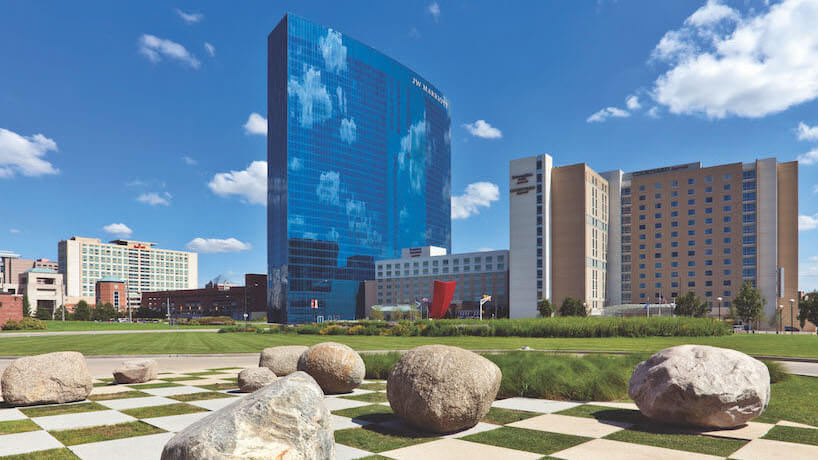
The hotel network is not only central to the community in terms of its location, but in its commitment to service. The network donated more than 15,000 pounds of food to Second Helpings in 2016 and is on track to nearly double that total this year. Second Helpings is an organization that accepts overstocked goods and provides free meals daily through local social service agencies.
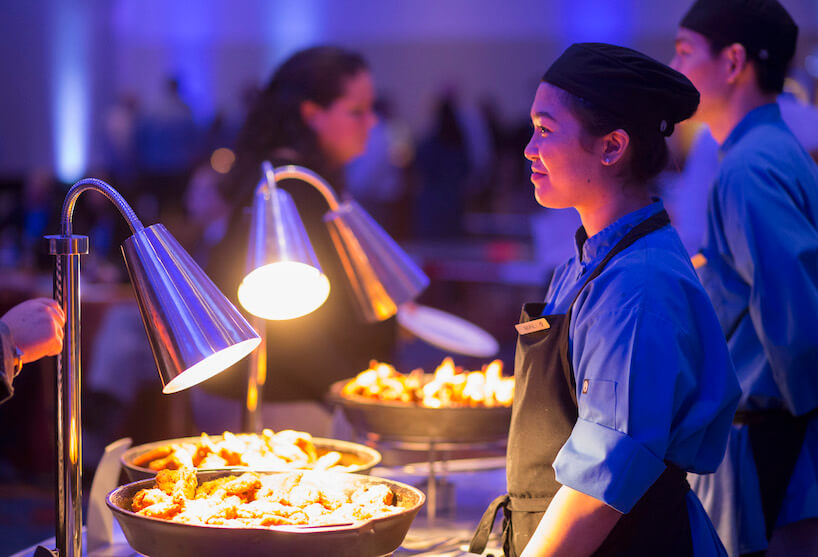
“Marriott International aspires to be the global leader,” said Indianapolis Marriott Downtown General Manager Keith Shopnick, “that demonstrates how responsible hospitality management can be a positive force for the environment and create economic opportunities around the world — and especially in the communities where we work and live.”
Sponsored by

